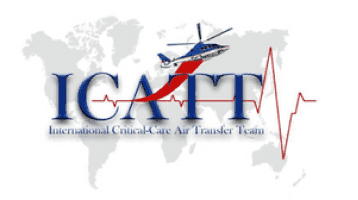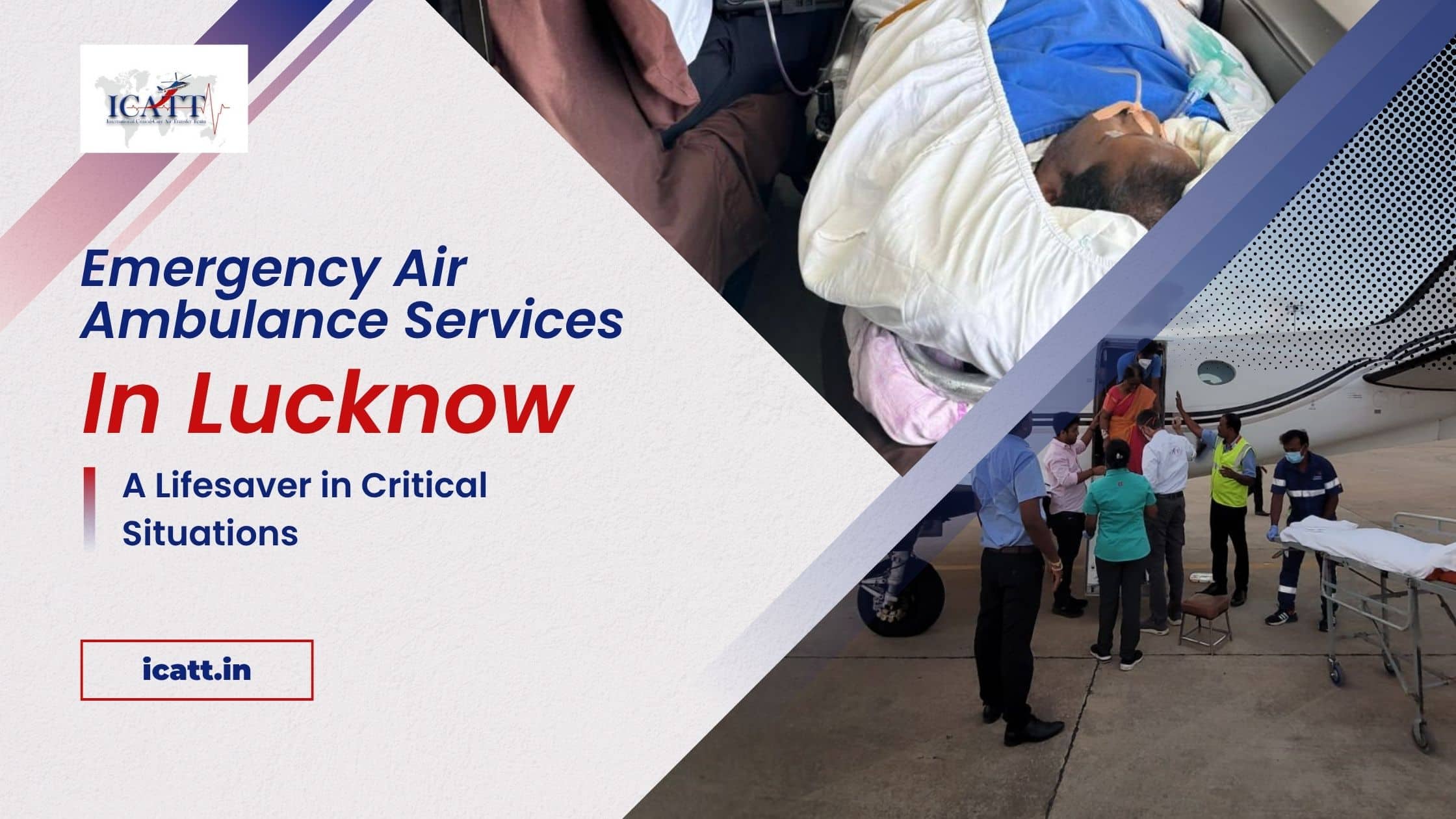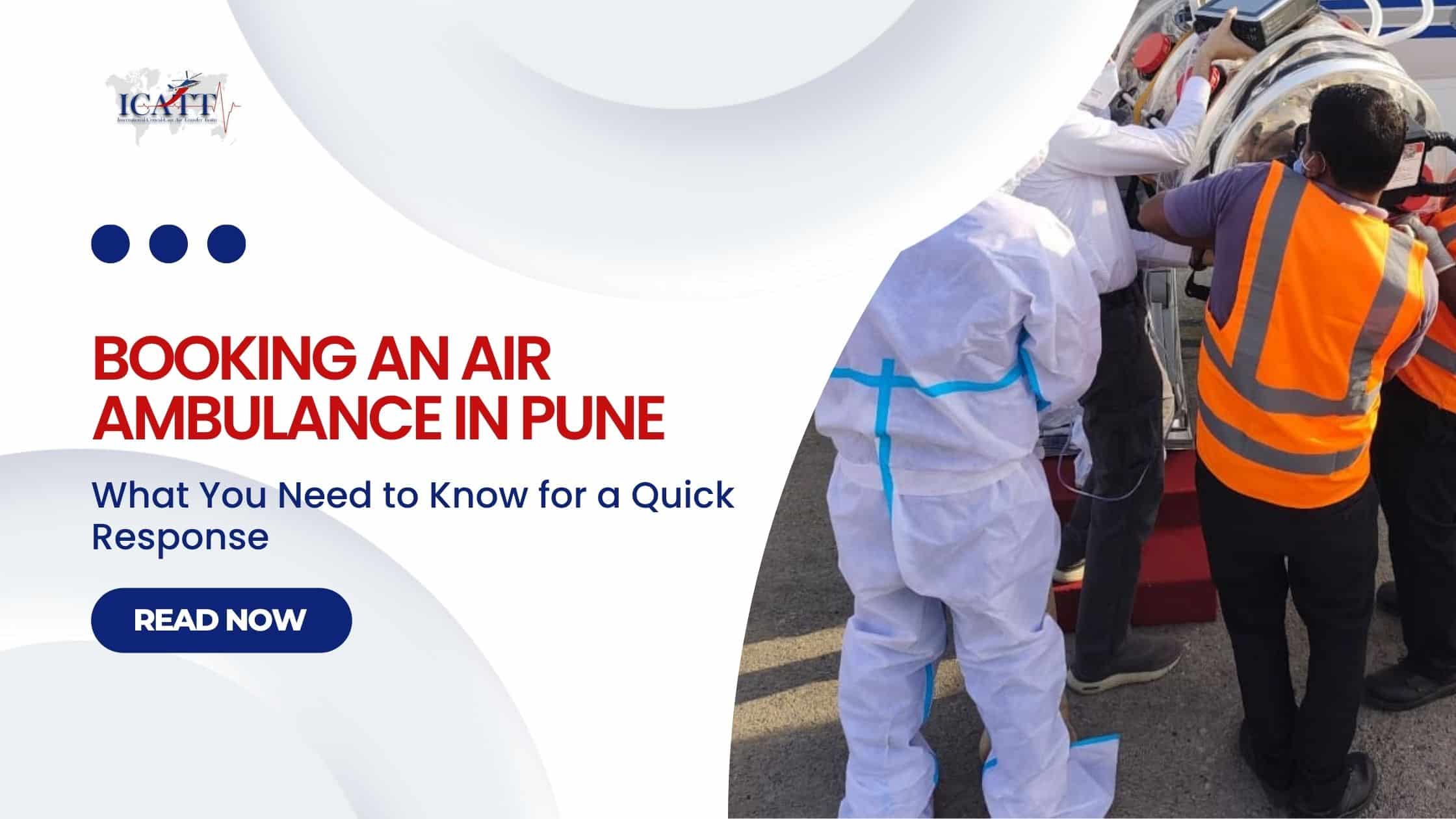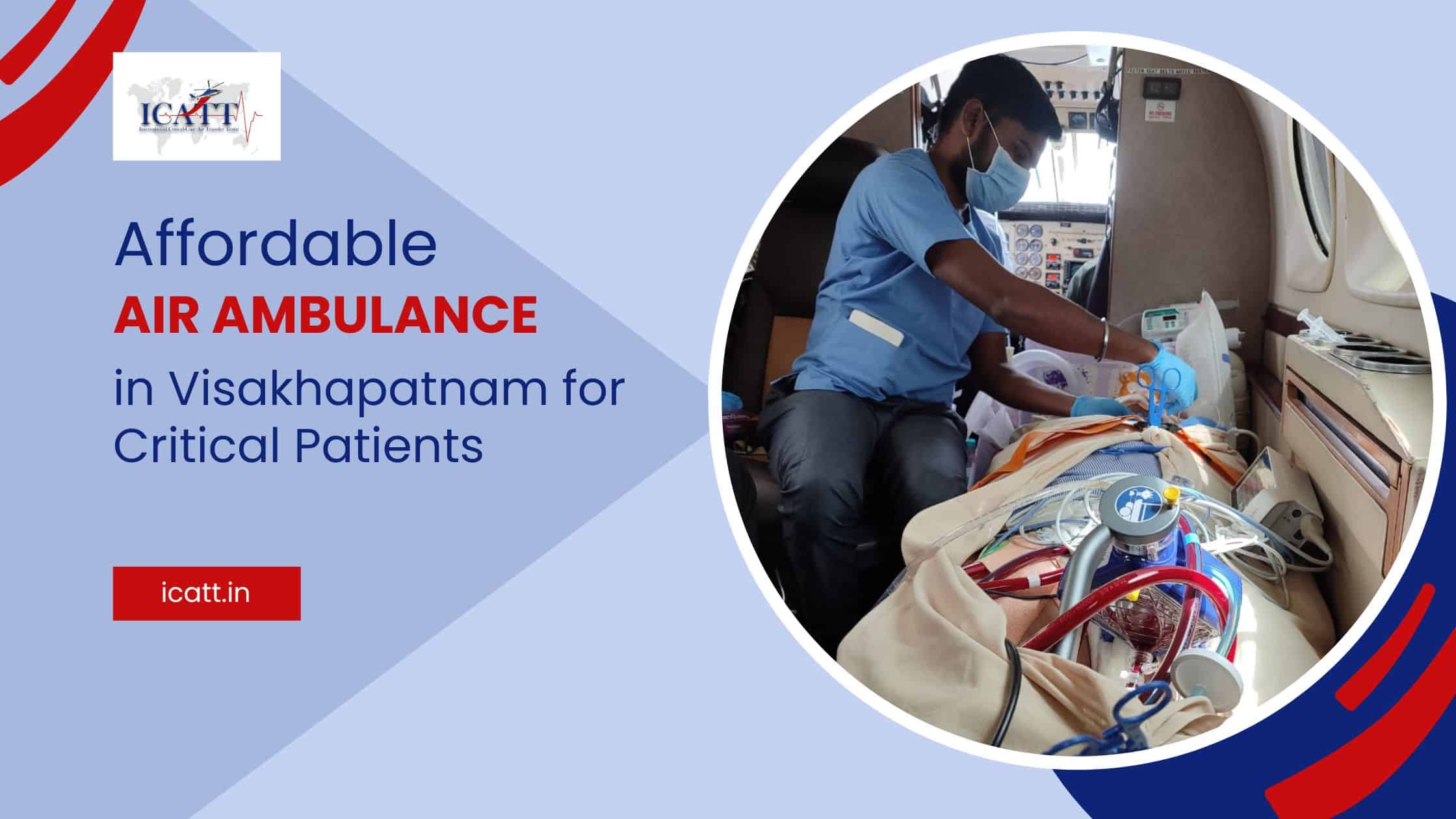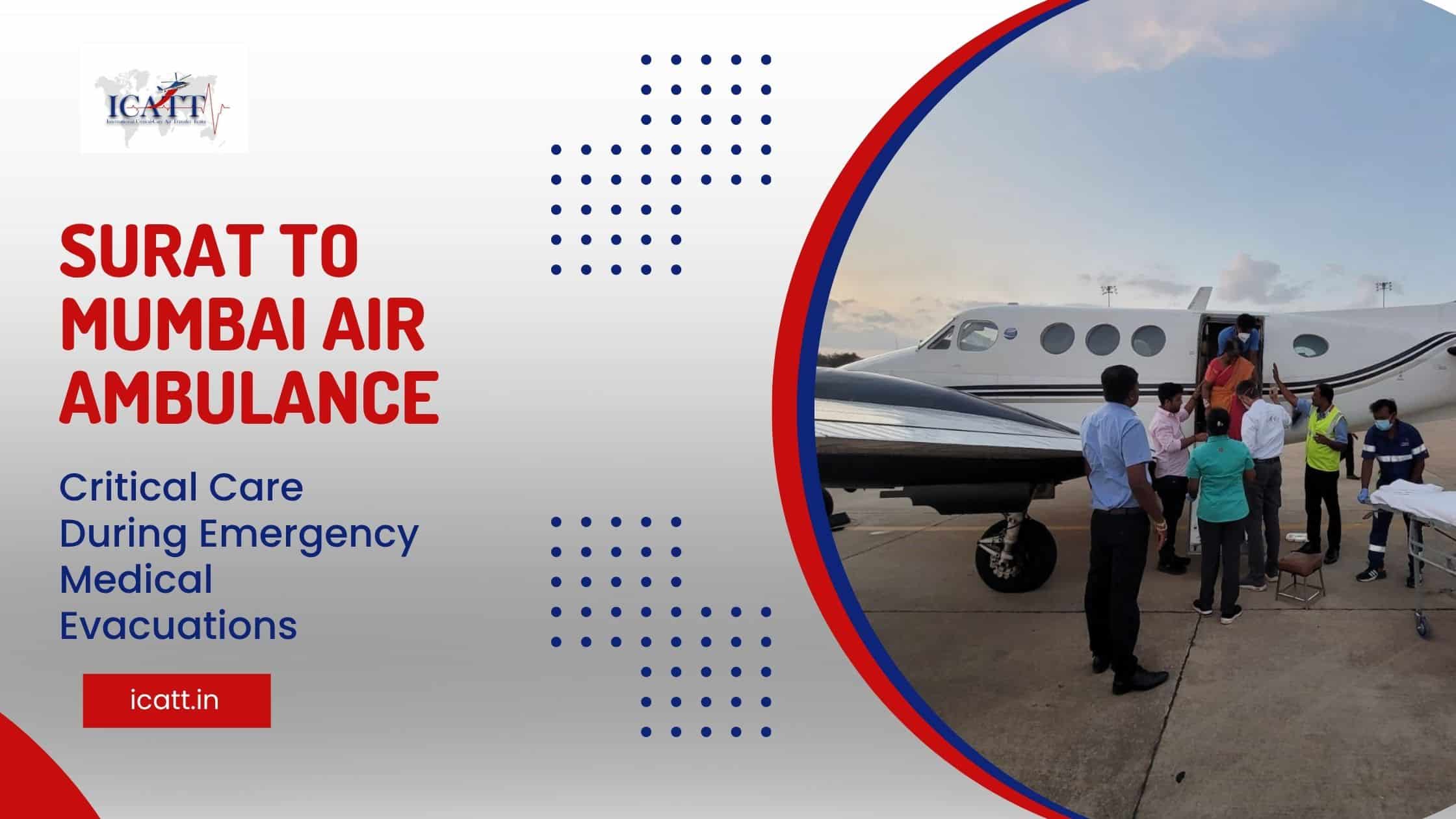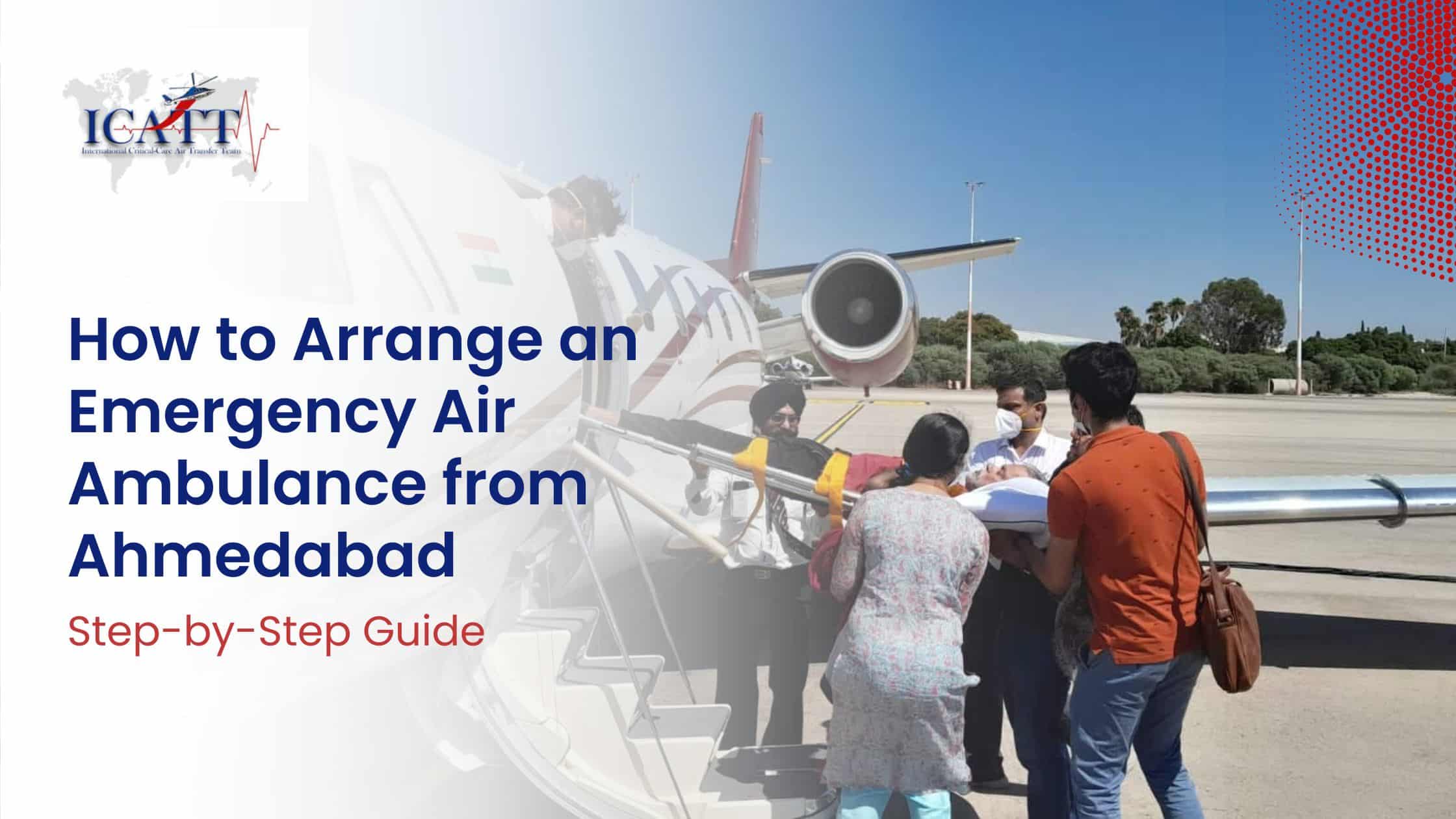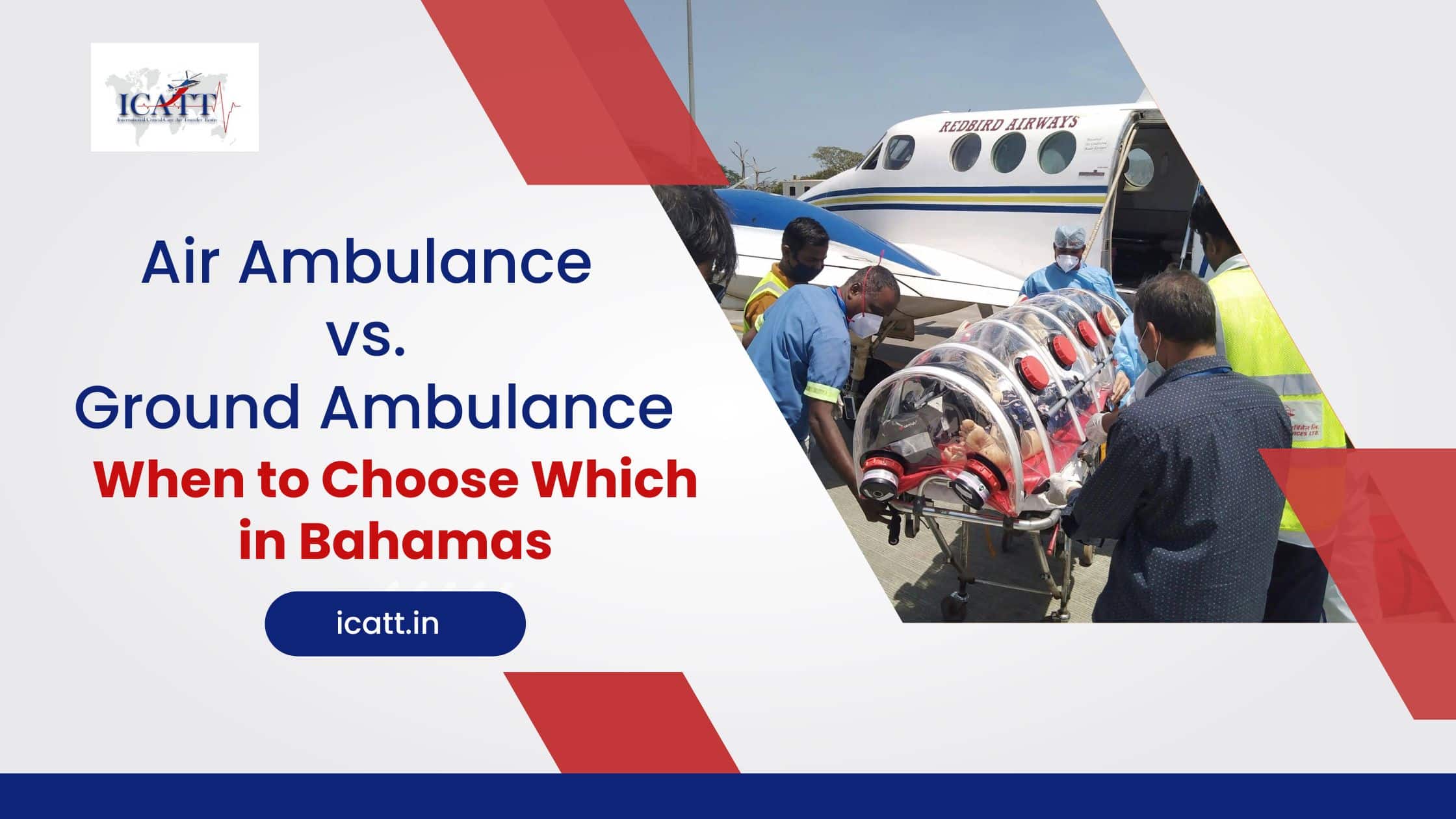Why do people seek medical tourism from the UK to India? Well, here are the facts – The NHS (National Health Service) had more than 800,000 people on the waiting list in March 2024. The reasons are pretty clear: The cost of medical procedures in India is significantly lower compared to UK cities. No matter what treatment you opt for, you are going to save around 70-75 percent of the total cost including health or medical services in India. That’s where international air ambulance services come in. If it’s an emergency, non-emergency case or simply returning home country for medical reasons, an air ambulance from the UK to India is the most sought-after option. So, let’s explore the crucial factors influencing the cost of an air ambulance in India, helping you understand the financial and logistical aspects involved.
1. Distance and Flight Duration
The distance between the UK and India is a primary factor influencing the cost of international air ambulance. The average distance from London to major Indian cities like Delhi, Mumbai, or Bangalore is approximately 4,200 to 4,600 miles. Depending on the flight route, layovers, and airspace regulations, the flight duration can range from 8 to 10 hours. Not to forget how frequent the flights are from the UK to India.
- Non-stop Flights: Non-stop flights from the UK to India are usually more expensive due to the direct route and fuel requirements. However, non-stop flights are quicker, reducing the travel time significantly. This is particularly crucial for critically ill patients who need to reach their destination as soon as possible.
- Flights with Layovers: Flights with layovers can be a more economical option while still providing the necessary medical care and support for patients. For some patients, layovers provide an opportunity for a brief period of rest and medical evaluation. This can be beneficial in ensuring that the patient’s condition is stable before continuing with the journey.
No matter what you choose, ICATT Air Ambulance Services ensures a safe, reliable, and seamless air ambulance in London for patients requiring specialized care during a long-hour flight. We have 14+ years of experience in transferring critically ill patients from the UK to India.
2. Type of Air Ambulance
The type of international air ambulance used for the service significantly impacts the cost. There are two main types of air ambulance in London.
- Commercial Stretchers: This option involves using a commercial airline to transport the patient on a stretcher. The airline provides a dedicated space, and a section of seats is removed to accommodate the stretcher. Medical staff and equipment are also onboard to provide necessary care during the flight. This option is generally more cost-effective than private aircraft but is subject to airline schedules, routes, or conditions.
- Private Aircraft: These are specially equipped aircraft used solely for medical transport. They include light jets, turboprop aircraft, and heavy jets. Private aircraft offer greater flexibility, privacy, and the ability to handle more complex medical situations with advanced life support systems and specialized equipment. However, this option is significantly more expensive due to the operational costs of the aircraft and the bespoke service provided.
ICATT Air Ambulance Services provides a multi-use stretcher bed with all facilities and dedicated medical staff. In both cases, our top priority is ensuring world-class medical care to any city or remote area in the UK. With our international air ambulance services, we strive to make the journey as comfortable and stress-free as possible.

3. Medical Equipment and Staff
The high standard of medical care required during the flight is a crucial factor in determining costs. Air ambulance from the UK to India are equipped with advanced medical equipment to provide critical care. However, the extent can vary based on the patient’s condition. Here are the key points to consider:
Emergency Cases:
- Conditions: Severe accidents, severe bleeding, spinal injuries, large burns, cardiac issues, difficulty breathing, airway obstructions, chest pain, unconsciousness, sudden paralysis, increased intracranial pressure, intracranial hemorrhage.
- Requirements: Advanced life support systems and specialized equipment such as ventilators, defibrillators, and neonatal incubators.
- Staff: A team of 2 people with one doctor and one paramedic to ensure continuous monitoring and intensive care.
Less Critical Conditions:
- Conditions: Extreme pain, elderly patients with multiple issues, immovable patients, venom allergies, flood victims, hypoglycemia, hyperkalemia, abdominal catastrophes.
- Requirements: Medical support with specialized medical experts during the flight.
- Staff: Typically one doctor and paramedic.
ICATT Air Ambulance Services is the only air ambulance in India owned and led by doctors with extensive experience in aero-medical rapid response and critical transit care. Our team includes skilled doctors, nurses, and paramedics experienced in critical care and air medical transportation. Equipped with cutting-edge medical equipment, we can handle complex medical cases.

4. Permits and Medical Procedures
Well, an international air ambulance is a lot more than just flying from one country to another. This may include making sure all necessary permits and medical procedures are in place. Even if there are no hidden charges, the overall logistical complexity impacts the cost significantly.
- Permits & Clearance – Securing the appropriate overflight and landing permissions is essential. These permissions are typically obtained through coordination with aviation authorities and regulatory bodies, both in the UK and the destination country. Additionally, ensuring that the patient’s medical condition is stable enough for an air ambulance in London may require multiple clearances and approvals from medical professionals.
- Ground Transportation – Ground transportation is a critical aspect of the transfer process. Firstly, the patient needs to be safely transported from their home, hospital, or other location within the UK to the departure airport. Later, upon arrival in India, another ambulance is required to transport the patient from the airport to the medical facility.
ICATT Air Ambulance Services dedicated team manages every aspect of the transfer process, including medical assessment, flight coordination, ground transportation, and necessary documentation. Our air ambulance from the UK to India ensures a smooth and hassle-free experience for patients and their families.

5. Insurance and Contingencies
While some health insurance policies might cover air ambulance services, coverage levels vary, and there can be substantial out-of-pocket expenses. It’s essential to:
- Verify Coverage: Check with your insurance provider to understand what portion of the international air ambulance services is covered and what will need to be paid out of pocket.
- Plan for Contingencies: Unforeseen circumstances, such as medical emergencies during the flight, unexpected layovers, or delays, can increase costs. Having a contingency budget can help manage these unexpected expenses.
Finally, if you require an emergency air ambulance to India, ICATT Air Ambulance Services offers comprehensive air ambulance services at very affordable rates. We have a robust network of partners and affiliates worldwide, allowing us to facilitate smooth patient transfers. With no hidden charges, completely economical prices, and an experienced flying medical team, we ensure recovery and peace of mind every step of the way.
